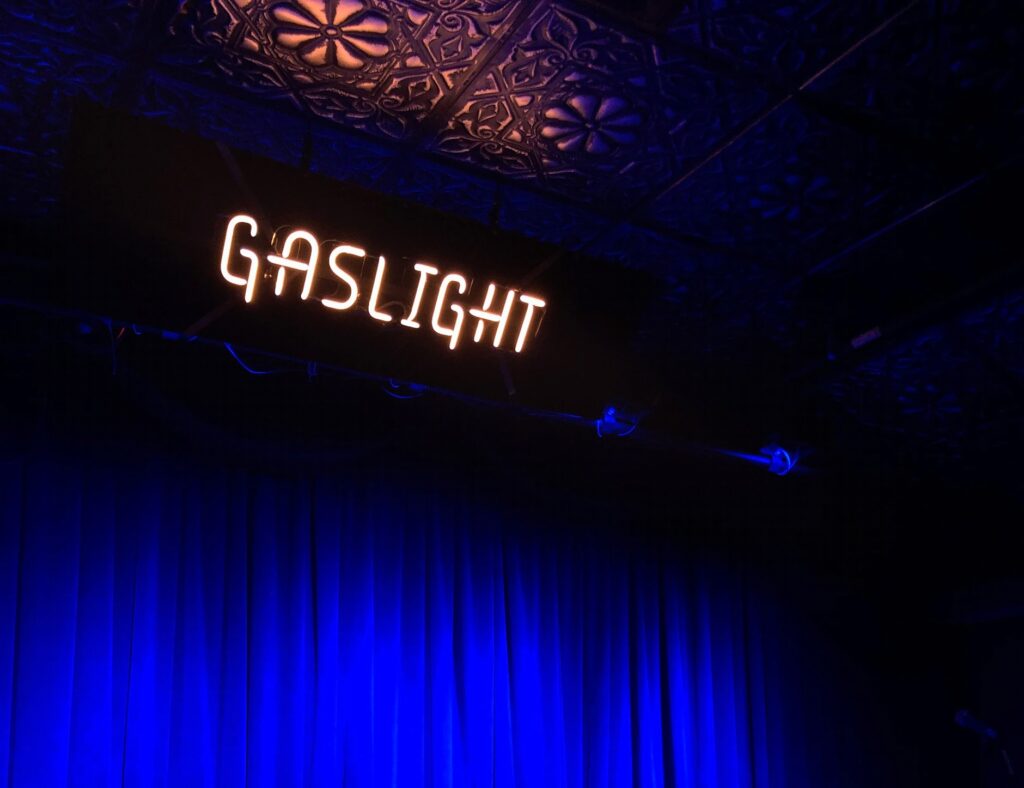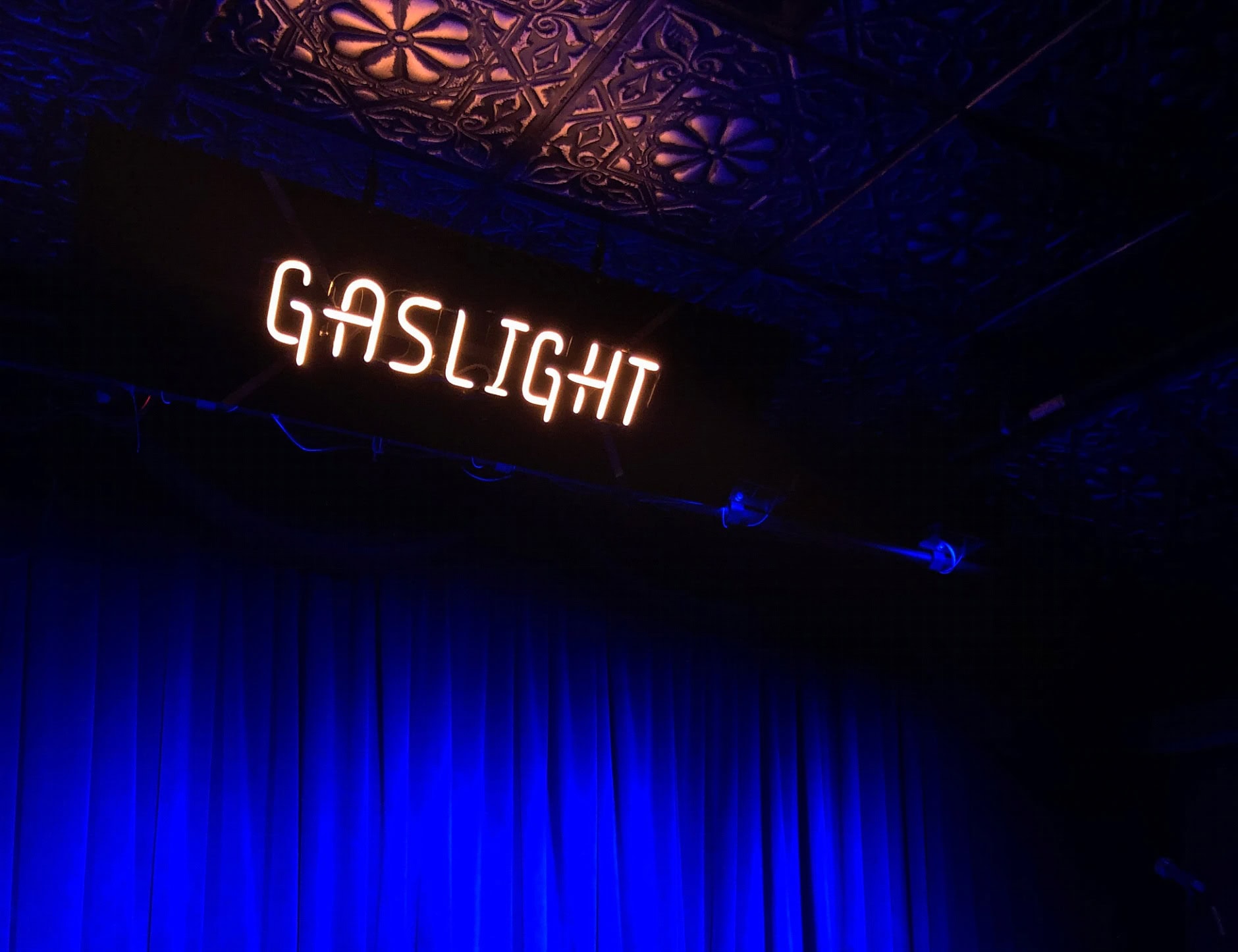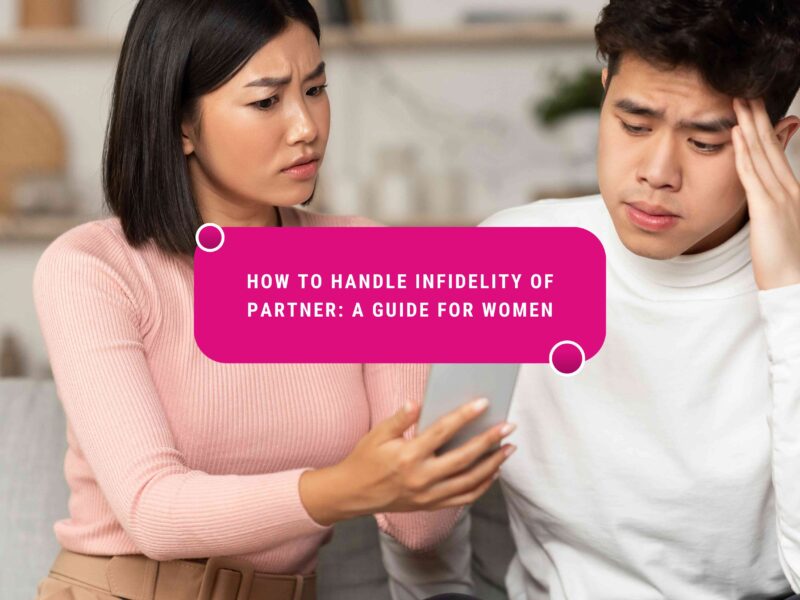In the complicated world of human relationships, understanding the delicate dynamics of emotional abuse is critical. Gaslighting, a sort of manipulation that undermines a person’s reality, can have serious and long-term consequences for a person’s mental and emotional health. This article seeks to humanize the concept of gaslighting by putting light on its manipulative tactics and encouraging empathy in our interactions.
Defining Gaslighting:
Gaslighting is a type of psychological manipulation in which one person attempts to sow seeds of doubt in another’s mind, causing them to question their own perception, memory, or sanity. This method is frequently subtle, gradually weakening an individual’s self-esteem and trust. It can occur in a variety of circumstances, including romantic partnerships and professional settings, leaving victims feeling confused, alone, and powerless.

Unraveling Manipulative Tactics:
- Denying Reality:
Gaslighters are skilled in denying facts, even in the face of overwhelming proof. They may dismiss the other person’s sentiments or experiences, leading them to question the validity of their own emotions. For example, a gaslighter could say, “You’re imagining things” or “That never happened.” - Shifting Blame:
Accepting responsibility for one’s actions is critical in healthy partnerships. However, gaslighters avoid taking responsibility by blaming others for their acts. They can say, “You made me do this” or “You’re too sensitive.” This approach seeks to persuade the victim that she is to blame for the gaslighter’s actions. - Trivializing Concerns:
Gaslighters minimize the importance of the other person’s concerns, making them believe their feelings are overblown or unfounded. Phrases such as “You’re making a big deal out of nothing” or “Why are you so sensitive?” undermine the victim’s feelings. - Creating Confusion:
Gaslighting thrives on causing confusion and instability. Gaslighters frequently shift their viewpoint, contradict themselves, or provide misleading information to keep the victim off balance. This ongoing uncertainty makes it difficult for the sufferer to trust their own judgment.
Humanizing the Experience:
- Empathy in Communication:
To fight gaslighting, we must create empathy in our interactions. Actively listening to and validating the sentiments of others develops a trusting environment. Instead of rejecting worries, respond with empathy, saying, “I hear you, and your feelings are valid.” - Encouraging Open Dialogue:
Promoting open and honest communication is critical for overcoming gaslighting dynamics. Encourage others to share their views and emotions without fear of being judged. Creating a secure space for communication promotes trust and deepens relationships. - Recognizing Red Flags:
Educating ourselves and others about the warning signs of gaslighting is critical to prevention. Individuals who are aware of manipulative strategies can detect and address problematic habits at an early stage. This knowledge enables people to establish boundaries and seek help when necessary. - Supporting Victims:
Offer support to those who have been gaslighted. Be a listening ear, validate their experiences, and help them reestablish faith in their reality. Encourage people to seek professional help if they need it, emphasizing that they are not alone.
When deciphering gaslighting, we must endeavor to personalize the experience by acknowledging the emotional toll it has on individuals. Understanding manipulative strategies, increasing empathy in our interactions, and supporting victims all help to create healthier, more compassionate relationships. Gaslighting has little chance of thriving in a world dominated by empathy.



